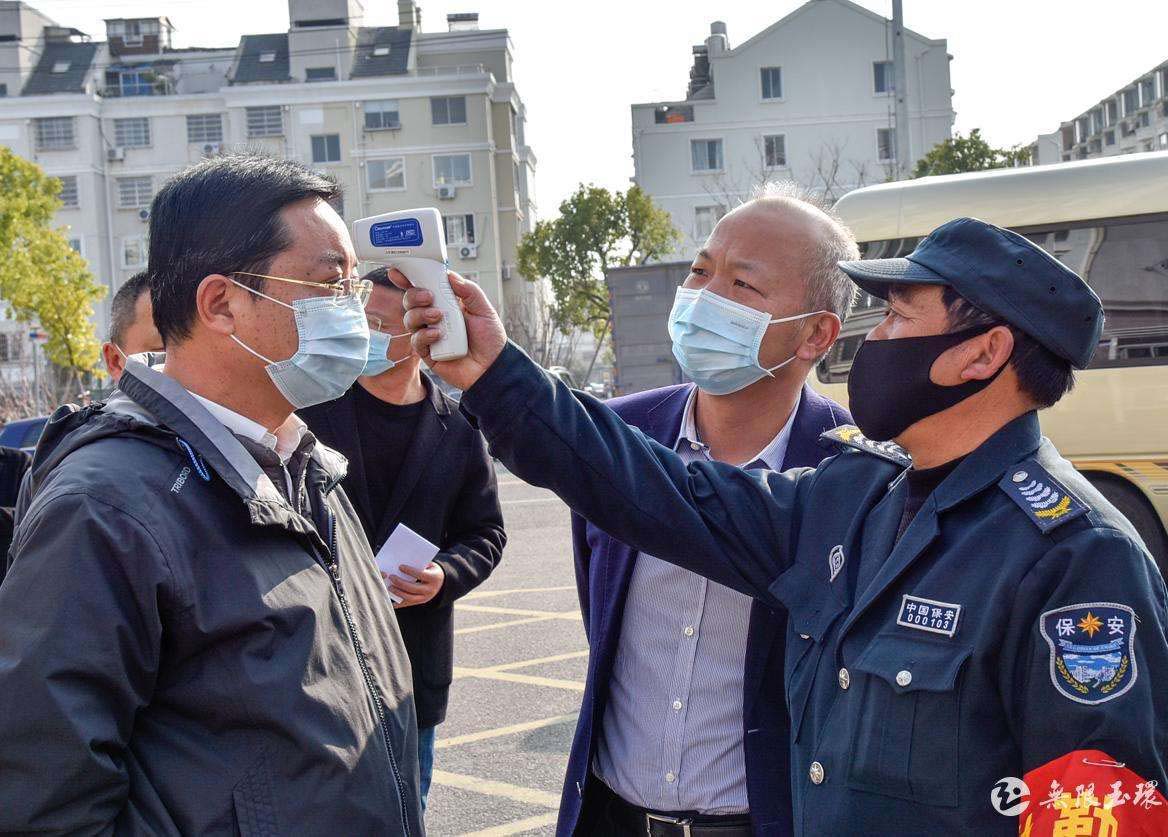
As an importer, you may rely on trade shows and trade fairs to help you identify new product sources, keep up with industry trends, network with peers, or inspire fresh new ideas.
If so, the global pandemic has probably hurt your ability to do these things.
With restrictions in place on mass gatherings — as well as limitations on travel — it’s hard to feel like things will ever go back to normal. And the reality is that over time a “new normal” is developing that we’ll all need to adapt to, one way or another.
So, how has this health crisis impacted the trade show industry so far?
What can we expect for trade shows in the future?
Let’s explore these questions.
The Pandemic Has Been Disastrous for the Trade Show Industry
Restaurants, bars, movie theaters, stadiums — places where people once gathered in large numbers — now sit empty or are sparsely filled, due to social distancing measures.
The trade fair and exhibition industry has been hit hard.
This undoubtedly hurts the companies that organize trade fairs, shows, and exhibitions.
In an article by the Financial Times, Hugh Jones, CEO of Reed Exhibitions — a big player in the industry — describes his company’s insurance coverage for dealing with the business impact as “spotty.” He also says that he expects the post-coronavirus exhibitions industry to have “fewer, bigger players.”
Some exhibitions have opted not to postpone their events.
The Canton Fair — which is being held this week — has gone ahead with a completely online format. Importers can browse products virtually and get in touch with factories virtually too.
So what does all of this mean for you?
The Show Must Go On and Importers Must Adapt
Nothing totally replaces face-to-face interaction.
Going to a product sourcing fair allows you to see products up close, hold them in your hand, and discuss your service needs with a live human being. You may not be able to do all that right now, but your products still need to be sourced.
Despite the drawbacks of virtual sourcing, it may be the best option you have.
If you are going to attend an online show, go to the exhibition’s website. Do your research in advance to see what resources are available and what opportunities you can take advantage of.
Something is better than nothing.
Keep in mind that it’s more important than ever to follow up with vendors.
You should develop your pitch as a customer.
Typically we think of suppliers as the ones who need to pitch us. But if you develop a clear pitch explaining what your needs are — and you can articulate them clearly — then you will be more likely to find the right manufacturing partner.
Make phone calls and put extra effort into communicating with suppliers. Don’t just look at their website and move on.
In January, we wrote about how importers could get the most out of trade fairs. While much of the advice no longer applies, some of it still does. We provided a number of questions to ask potential suppliers. These questions can serve as good discussion points when you are reaching out.
Most importantly… Be flexible and creative when looking for suppliers and service providers. Don’t stay stuck in the past and be unwilling to move forward.
The world is changing and we must change with it.
What Will Be the New Normal for the Trade Show Industry?
There is no doubt that once in-person exhibitions start happening again, convention centers and show management will need to embrace appropriate safety measures.
The WHO recently released planning recommendations for mass gatherings “in the context of COVID-19.” The guidelines might give you an indication of what to expect.
The pandemic has greatly accelerated the digital transformation for companies. Many now rely on Zoom for meetings, and as people get used to digital interactions, they are likely to become more common across a broad range of industries — even after a coronavirus vaccine becomes widely available.
Whatever the case, sourcing is different now.
Despite the times, it is still important to go through the process of thoroughly vetting your suppliers, conducting audits before making a final decision, and conducting product inspections once you place an order.
Third-party companies, like ours, in the country of manufacture, can help you do this.
